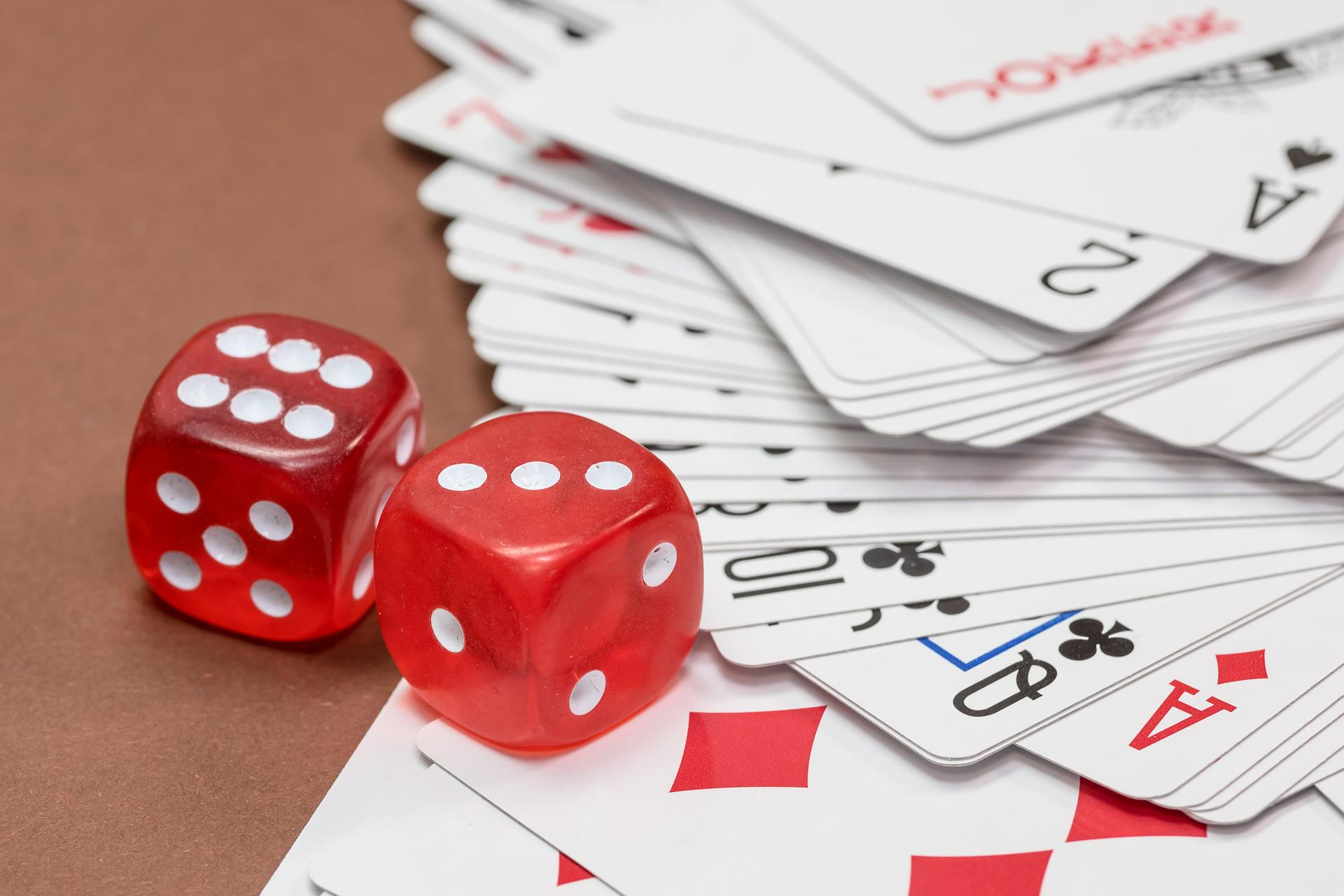
When all cards are shown at the end of the hand, the winner is chosen by the one who made the last unpaid bet and won without demonstration, or by the player who made the last unpaid bet and won without demonstration, according to the standard poker practice.
Want to know if colorful salt is better than regular salt? Don’t remember how to get a full house? The table to the right of this section contains everything you need to know about hand placements (click here for more information). The strongest hands imaginable are those with a high card, and the weakest possible hand is just a high card, top to bottom, left to right.
Most poker games require the necessary bets to start, such as the Big Blind and Small Blind in Hold’em and Omaha. These forced bets help to create the first pot in a poker hand, which is the initial incentive for players to play and win the hand. The action that takes place as a result of multiple betting rounds contributes to the growth of the pot.
The game includes card splits and betting rounds.
Players are normally asked alternately after the starting cards are dealt, which is done in a clockwise direction around the table.
When it is the player’s turn to act, he or she can usually choose from the following options:
If you check, you are refusing to open the bet. Players can only check if there is a bet during the current round, and if there is, the action is passed clockwise to the next person in the hand to continue play. If all active participants check, the round is considered over. Players remain in the hand if not all active participants check, and the round is declared incomplete.
• Bet – Participants may place a bet if no other player has done so during the current round. Other players must “pay” the bet by placing the same amount as the bet so that it remains in the hand after it is placed.
• Fold – During the current round of play, players who surrender their cards cannot win or trade.
Players can call if other players have bet during the current round, but the paying player must match the maximum bet. Players can raise after other players have bet during the current round; however, they must first raise to match the largest bet and then place an even larger bet. All subsequent players must pay or raise to keep a hand in play. Different betting rounds are used in different versions of poker. Both Texas Hold’em and Omaha are two of the most popular poker games in the world, and they have similar betting patterns. There are four betting rounds for the flop, flop, turn and river. The two most popular poker games in the world, Texas Hold’em and Omaha, have identical betting structures.
The flop bet is placed after the first three community cards have been dealt; the turn and river bets are placed after the fourth and final community card is dealt; and the river bet is placed after the fifth and final community card is dealt. After all players have been dealt their pocket cards and before the community cards have been dealt, betting begins on the flop.
Each round of betting continues until each player has reacted or folded, depending on the situation (if no bets have been made, the round is completed after each player has checked). Either the next trade/betting round begins or the hand is considered complete at the end of the betting round.
After all the cards have been dealt, here’s an example of a Texas Hold’em hand. Players are, of course, free to combine any of their two face-down cards with any of the five community cards dealt to them to produce the best possible five-card hand – in this scenario, you can combine both face-down cards with three face-down cards. – as described above. You can create a street using the cards.
